2009 Reader Poll: Electronica dominates new category
Electronic shifting judged tech innovation of 2009
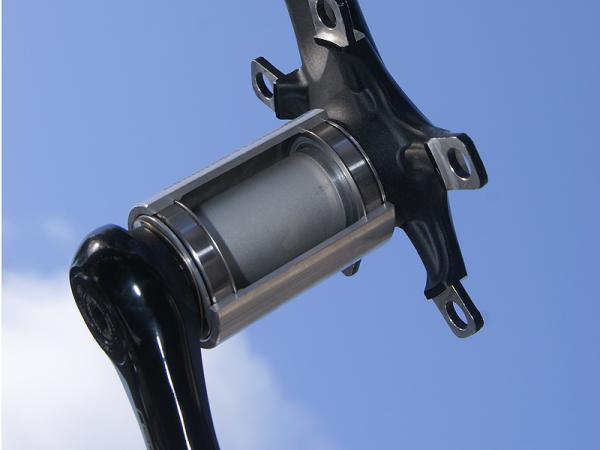
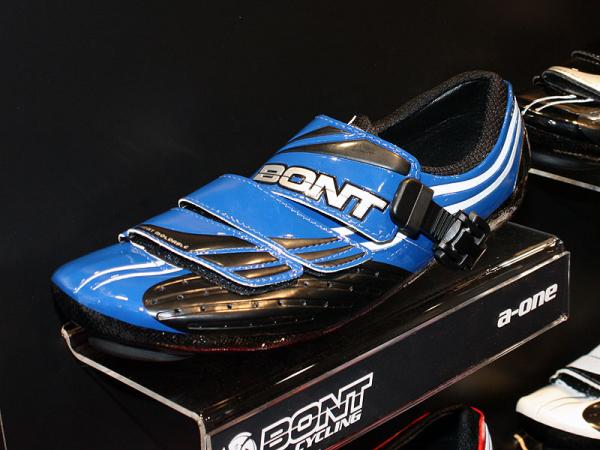
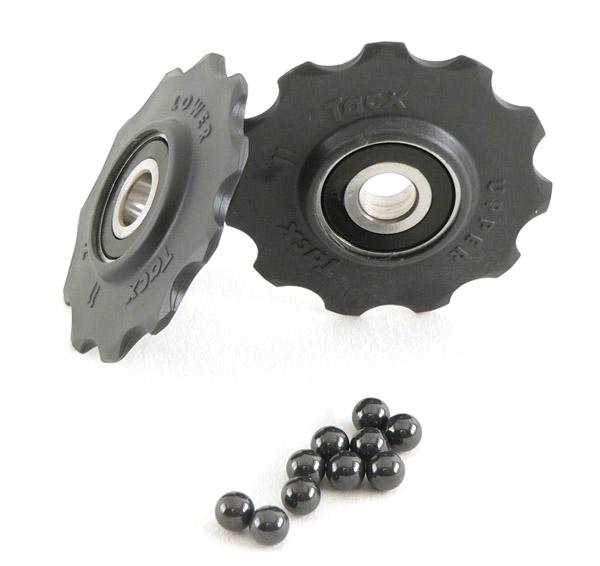
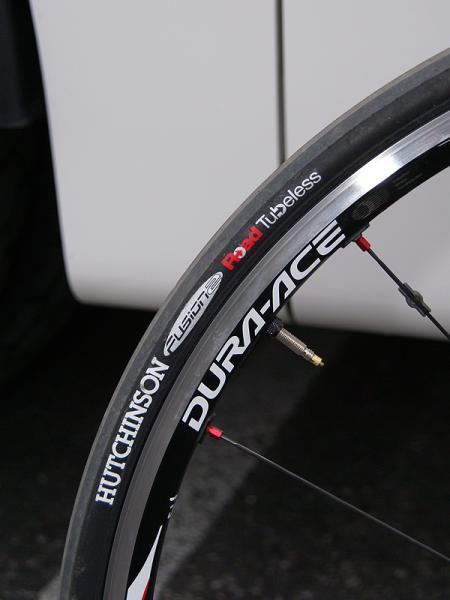
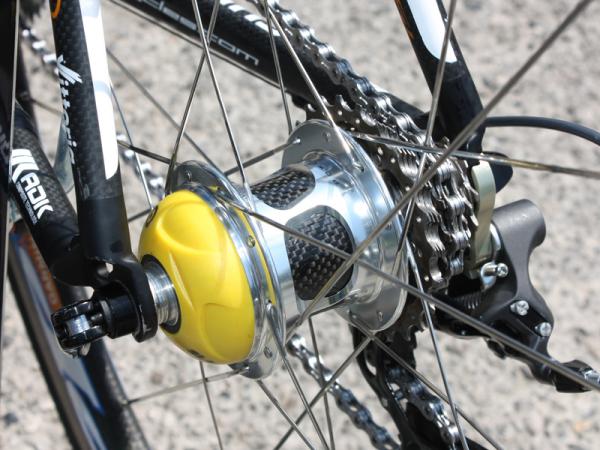
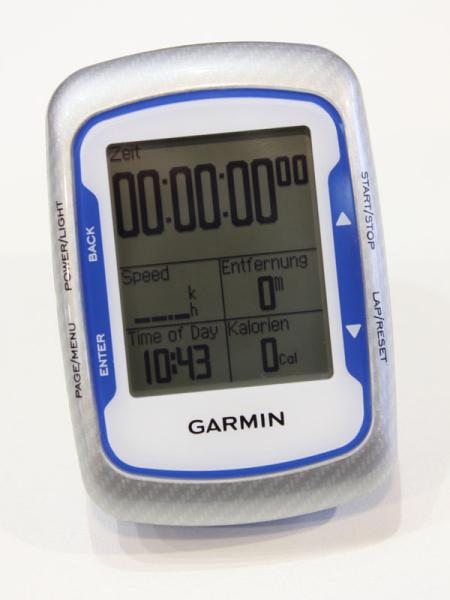
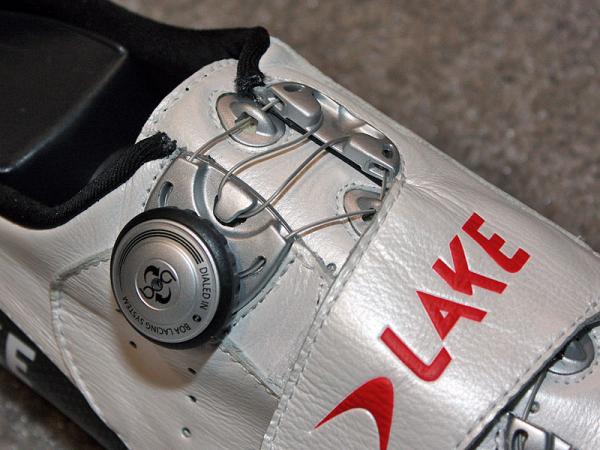
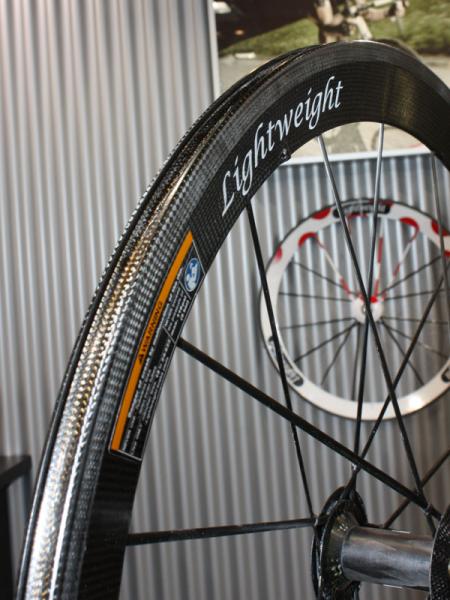
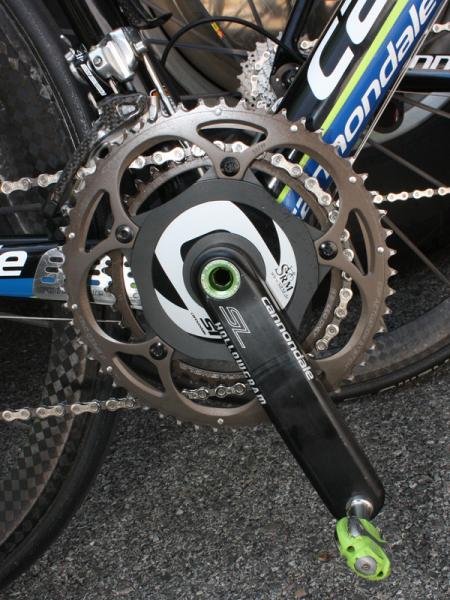
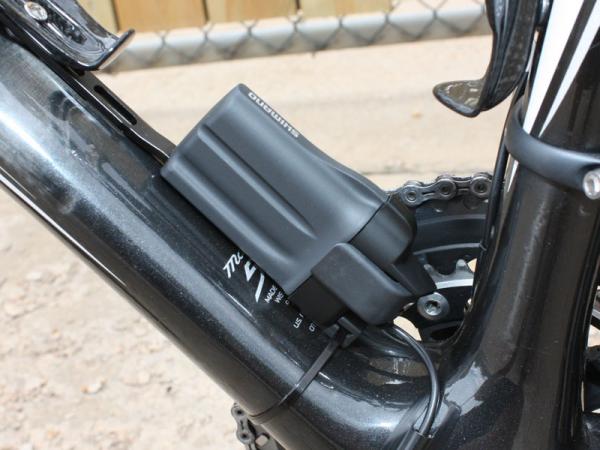
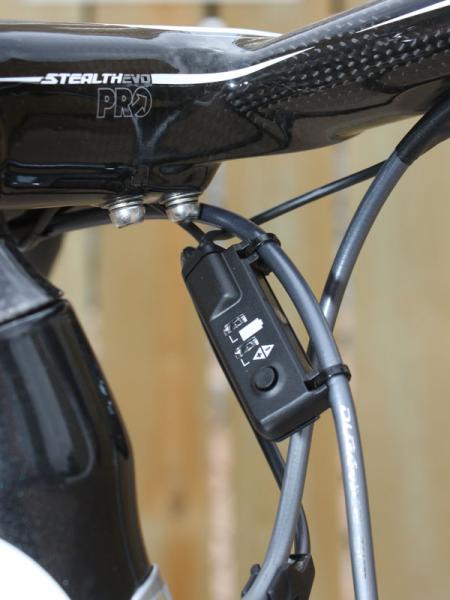
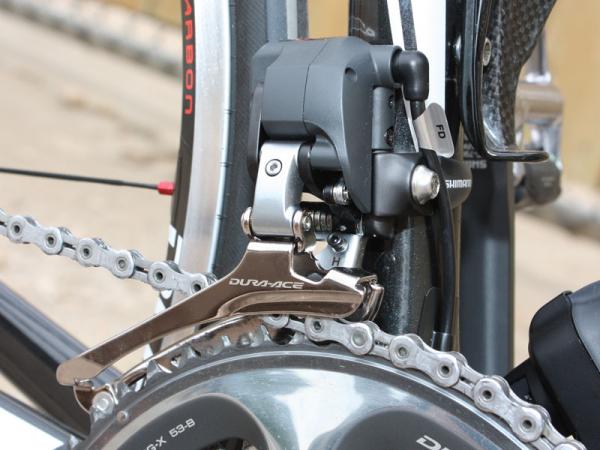
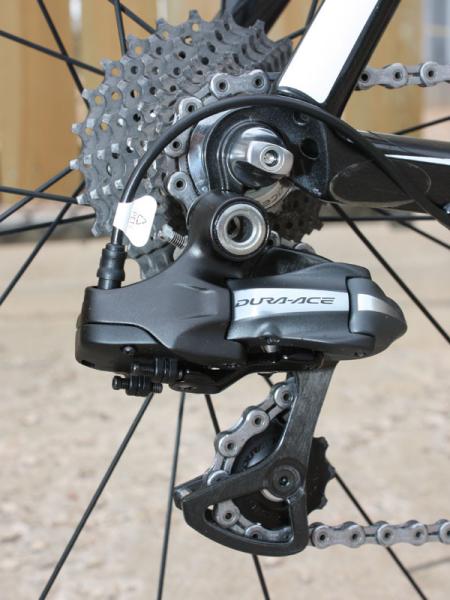
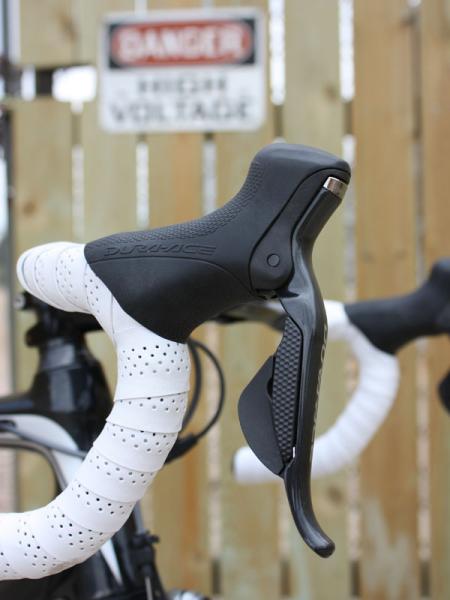
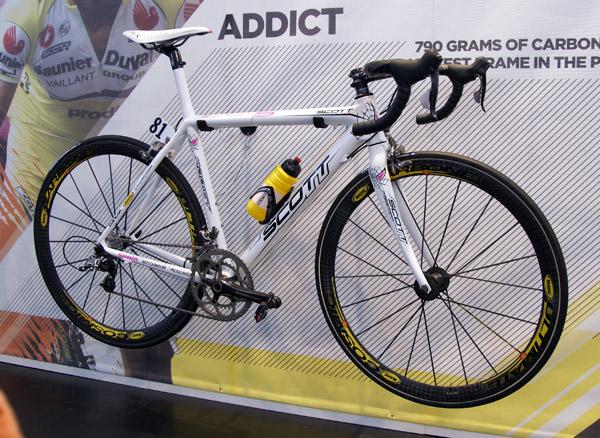
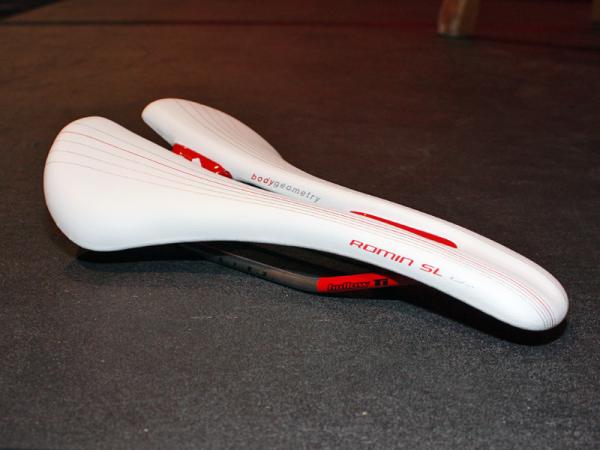
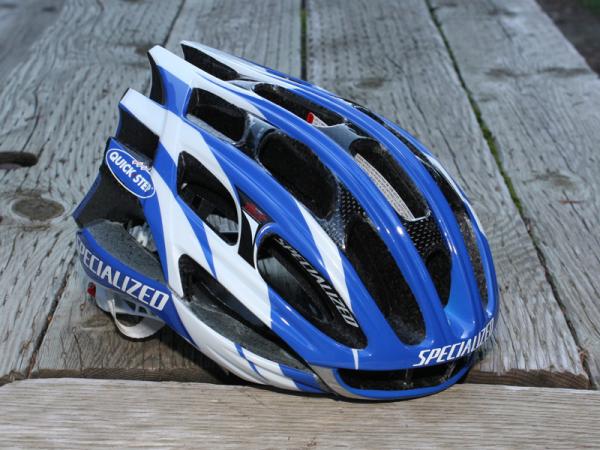
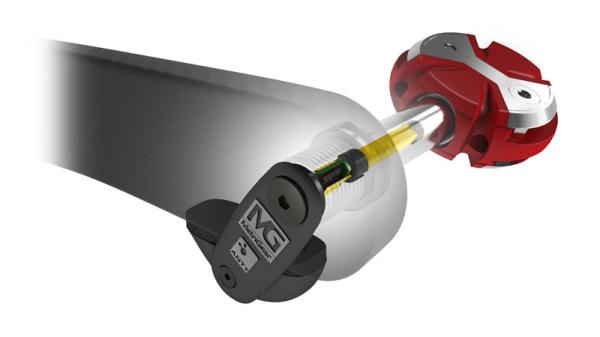
Your votes in the new 'Best Tech Innovation' category signal loud and clear that the future of bicycle technology lies not in improved structure but rather the increased use of advanced electronics. Whether designed to enhance functionality of mechanical function, optimize our training efforts, or simply provide more information to satiate our ever-increasing hunger for data, these systems have surged to become the technology du jour.
In first place is electronic shifting, which, for the time being, is also synonymous with Shimano's Dura-Ace Di2 group (Campagnolo's system is still in development). Skeptics have loudly proclaimed the concept as a 'solution to a problem that didn't exist', yet interestingly enough, many of those voices have quieted down now that more people have had an opportunity to use it in person.
The benefits are subtle but substantial nonetheless: shifts are more precise and consistent over time, there is less maintenance required, less user effort is needed to initiate a shift (not an issue with the vast majority of us but notable for riders that spend as much time on a bike as we do behind a desk), and a generally more precise and accurate feeling across the board. Though not yet the case right now, electronic systems also have the potential to be lighter than mechanical ones, too.
To be fair, Shimano's Dura-Ace Di2 system isn't quite perfect and is still incredibly expensive but all things considered, it's a major leap forward and a sign of things to come.
Once exclusive to sponsored pro athletes and trustafarians everywhere, power meters occupy the second rung of this year's Reader Poll. Technological advances, increased competition and economies of scale have brought prices down to somewhat more reasonable levels for the top direct-measurement models while other approaches such as the iBike have proven to be sufficiently accurate for many users at a cost of just a few hundred dollars. Not surprisingly, there are still more models coming to consumers in the future, most notably the intriguing pedal-based Vector from MetriGear.
With the proliferation of online training analysis software such as TrainingPeaks and the emergence of remote power-based coaches added into the mix, too, it's no wonder why power meters are the new must-have item for any cyclist who's even moderately serious about improving their performance.
Coming in a close third are GPS-enabled computers. No longer content with tiny – but simple – boxes that relay speed and distance information via wheel-mounted magnets and short-range transmitters, your votes indicate that cyclists are continuing to migrate to more advanced GPS models that not only log more information about our rides, but also have the potential to help guide us along the way.
The latest race content, interviews, features, reviews and expert buying guides, direct to your inbox!
Industry giant Garmin still leads the way in many markets. However, as the segment continues to grow in popularity, expect to see more competition from not only other established GPS players but also mobile phone and third-party app developers.
Here's a New Year's resolution for 2010: stock up on batteries.
Cyclingnews reader poll results - Best tech innovation
Electronic shifting: 3517
Power meters: 1822
GPS-enabled computers: 1667
BB86/BB90/BB30 oversized bottom brackets: 1193
Aero road bikes: 1074
Carbon clincher road wheels: 1060
Ceramic bearings: 900
Tubeless clincher road tires: 839
Ergonomic saddles: 462
Heat-moldable footwear: 442
Sub-900g carbon fiber road frames: 425
Tapered steerer tubes: 296
Sub-200g helmets: 201
Boa lacing systems: 172
